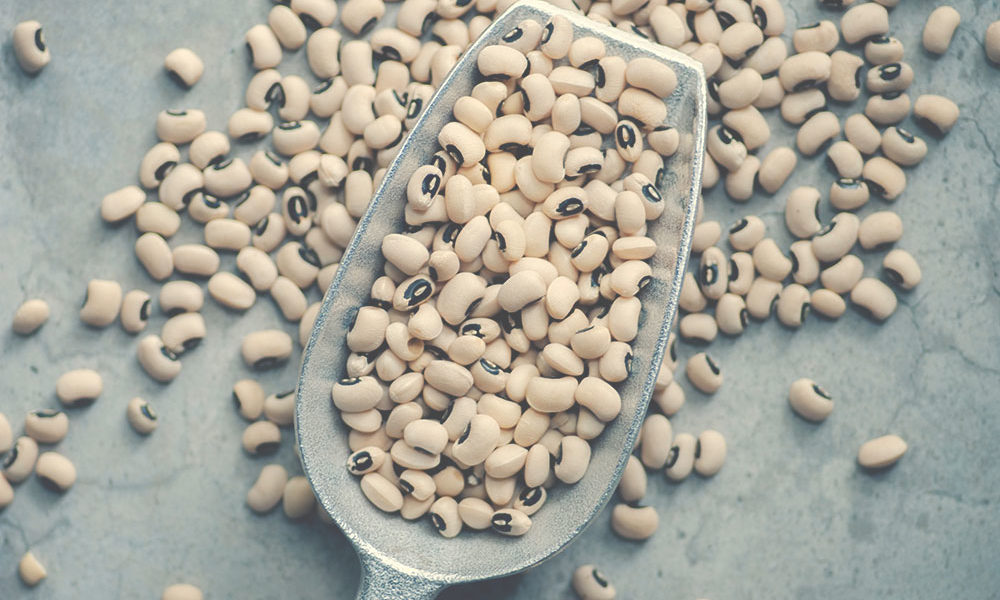Do you enjoy eating pulses? If you’re trying to conceive or already pregnant, here are a few reasons why you’ll love them even more.
BY: KENDRA TOLBERT, MS, RDN, CDN, CLC
Pulses have been back in the limelight in recent years. In fact, back in 2016, it was officially dubbed the International Year of the Pulses by the Food and Agriculture Organization of the United Nations (FAO), and for good reason. But what the heck are they?
Simply put: pulses are beans, peas, and lentils that are grown for their dry seed.
So fresh beans and fresh peas, as well as legumes grown for their oil don’t count, but canned beans, peas, and lentils do.
Why do we love them? For one, they’re some of the healthiest foods in the world, packed with tons of nutritional goodness including:
- Vitamins
- Minerals
- Phytonutrients
- Fiber
- Protein
- Slowly digesting carbs
Plus, they’re inexpensive, sustainable, versatile, and just downright tasty. It’s easy to always keep a few cans of these nutritious gems or a bag of dried beans or lentils in your pantry.
And for those who are preparing for pregnancy or are currently pregnant, load up on pulses is a smart move. Here are a few nutritious reasons why.
1. RICH IN IRON
The non-heme iron (fancy for iron from plants or supplements instead of animal based foods) in beans, peas, and lentils is linked to a decreased risk of ovulatory infertility.
2. GREAT SOURCE OF FOLATE
They are a great source of folate, an incredibly important B vitamin for women of childbearing age. Folate reduces the risk of neural tube defects and is essential for a healthy pregnancy.
3. BLOOD SUGAR CONTROL
All of that fiber, protein, and resistant starch means pulses are a slow-digesting source of carbs that can help help keep your blood sugar steady.
As you well know, we need carbs for energy; however, it’s important to prevent dramatic spikes in our blood sugar. A slow steady rise, followed by a gentle decline and plateau is the goal when it comes to keeping blood sugar levels nice and steady, and our hormones happy. This is especially important especially if you have PCOS, diabetes, or prediabetes.
Now that we know how pulses can help during pregnancy prep and pregnancy, let’s learn a few ways to fit more pulses into your diet.
- Layer hummus and avocado on whole grain toast for a quick, satisfying, and ridiculously nutritious breakfast or light lunch. Feel free to add tomatoes, cheese, chili flakes, or anything else your heart desires.
- Add kidney beans to your salad for a fun sensory experience: creamy texture, subtle but distinct flavor, and a little color contrast next to the rainbow of hues from all of those lovely vegetables.
- Fill your afternoon snack bag with baked crunchy garbanzos. Just preheat your oven to 400 degree F. Rinse and drain a can of garbanzos (or any other bean for that matter.) Toss with a tablespoon or 2 of olive, avocado, canola, or grapeseed oil. Place beans on a baking dish, pop them in the oven, and bake for 30-45 minutes (until crisp.) Toss with any combo of seasonings.
- Try a bean or lentil burger at your favorite restaurant the next time you are out.
- Add 1/3-1/2 cup of any variety of lentils or white beans to your smoothie of choice.
- Making some quinoa? Throw in a cup of lentils and 2 additional cups of water. Lentils and quinoa have nearly the same cooking time, so they can be cooked together.
- Enjoy a nice bowl of lentil soup or split pea soup. They’re tasty, comforting and cozy, and take very little time to make. They make the perfect companion for sautéed greens, and warm flatbread.
Here’s to more pulses, and all the fun ways you can enjoy them!
Adapted from the original article.
HEADER IMAGE: JASMINE WAHEED
Kendra Tolbert, MS, RDN, CDN, CLC is a registered dietitian nutritionist, certified lactation counselor, and certified aromatherapist based in Austin, TX. Through her private practice, she helps women and couples prepare for pregnancy and enjoy healthier, happier pregnancies. Learn more about Kendra at Live Fertile.


During pregnancy you want to overall increase the amount of food you are eating since you are eating for two. Try to eat about every 2 hours as this helps keep your blood sugar consistent, helps prevents dips in blood sugar that can trigger nausea, and helps you to avoid over consuming food. When you eat every 2 hours you keep your digestive system in a regular pattern that will help you avoid constipation. This is especially important as you get further along in your pregnancy and your intestines are pushed off to the side resulting in larger meals often having more difficultly passing through so try to avoid large spaced out meals and eat small frequents ones instead. Increasing your intake of fruits and vegetables is always good. You particularly want to get more dark leafy greens that have higher levels of iron. Prenatal vitamins are an excellent way to supplement your diet. You want to watch out for foods that are high in sugar such as desserts and processed foods since they often are the culprit causing the baby to put on extra lbs towards the end.